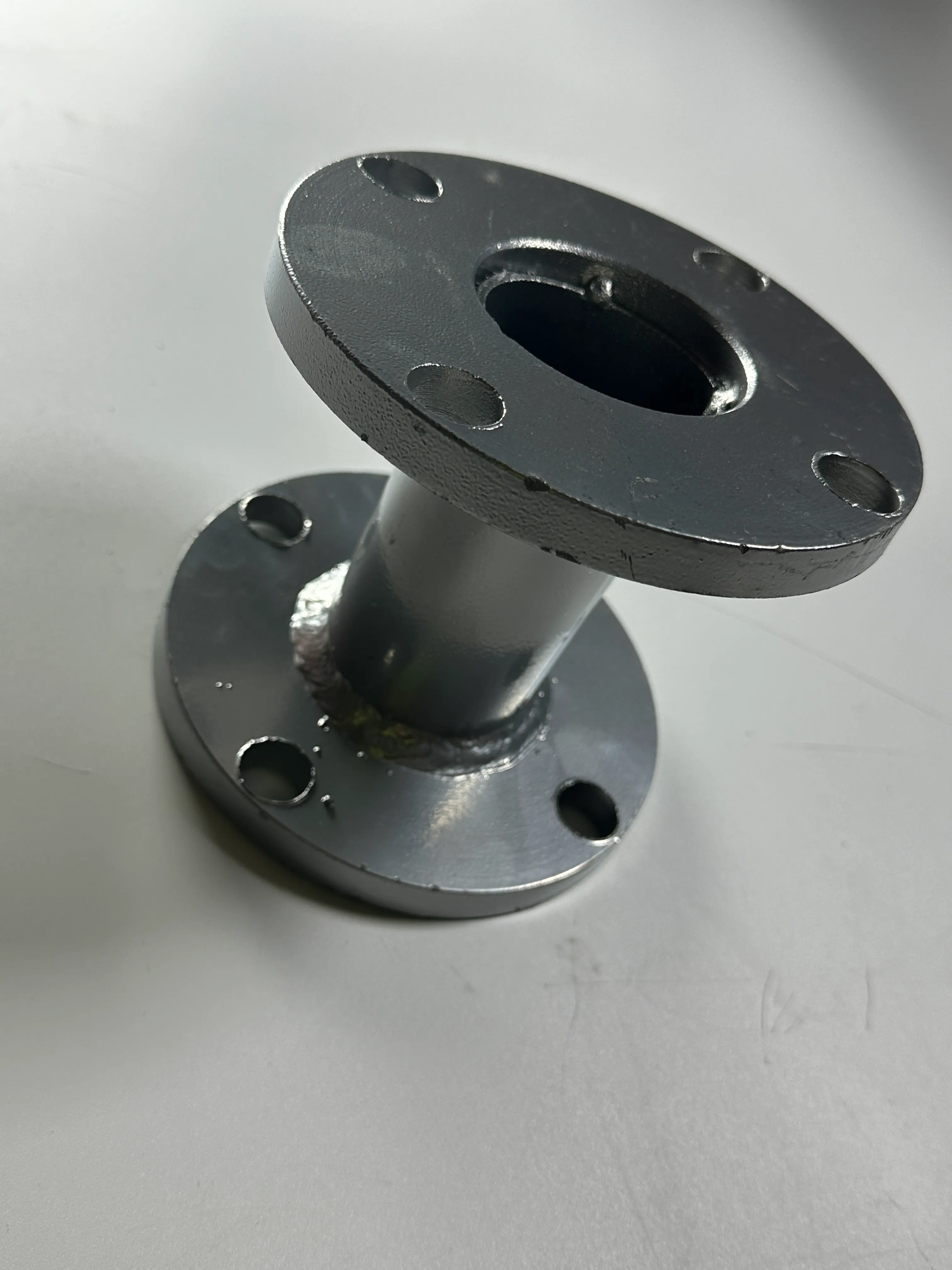loading...
- No. 9, Xingyuan South Street, Dongwaihuan Road, Zaoqiang County, Hengshui, Hebei, China
- admin@zjcomposites.com
- +86 15097380338
- Welcome to visit our website!
Exploring the Benefits of FRP Rectangular Tubes in Construction and Design
Understanding FRP Rectangular Tubes Applications, Benefits, and Manufacturing Techniques
Fiber Reinforced Polymer (FRP) rectangular tubes have emerged as a popular alternative to traditional materials like steel and aluminum in various industries. These composite materials, made up of a polymer matrix reinforced with fibers, are renowned for their remarkable strength-to-weight ratios, corrosion resistance, and versatility in design. The versatility of FRP rectangular tubes makes them an excellent choice for construction, transportation, and various engineering applications.
What is FRP?
Fiber Reinforced Polymer (FRP) refers to a composite material created by combining a polymer with various reinforcing fibers, such as glass, carbon, or aramid. The inclusion of these fibers in the polymer matrix significantly enhances the mechanical properties of the resulting material. FRP tubes can be manufactured in various shapes, with rectangular tubes being particularly advantageous in applications that require structural integrity and space-efficient designs.
Advantages of FRP Rectangular Tubes
1. Lightweight Nature One of the most significant benefits of FRP rectangular tubes is their lightweight nature. Compared to steel or aluminum, FRP structures are considerably lighter, making them easier to handle, transport, and install. This reduction in weight is particularly advantageous in applications such as transportation and construction, where every pound saved can lead to significant cost reductions.
2. Corrosion Resistance FRP materials are inherently resistant to corrosion and chemical attack. Unlike metals that can rust or degrade when exposed to certain environments, FRP rectangular tubes maintain their structural integrity even in harsh conditions, such as marine environments, chemical processing facilities, or areas with high humidity.
3. Design Flexibility The manufacturing process of FRP allows for high design flexibility. FRP rectangular tubes can be customized in various dimensions and can be easily shaped or molded into complex geometries. This customization capability makes them suitable for both functional and aesthetic applications in architectural elements and structural components.
4. High Strength-to-Weight Ratio The strength-to-weight ratio of FRP rectangular tubes is significantly higher than that of traditional materials. This means that less material can achieve the same strength, leading to more efficient designs and reduced material usage.
5. Thermal and Electrical Insulation FRP materials are excellent insulators, making them suitable for applications that require thermal or electrical insulation. This property is particularly beneficial in electrical infrastructure or industrial settings where temperature control is crucial.
Applications of FRP Rectangular Tubes
FRP rectangular tubes find applications in numerous fields due to their unique properties
frp rectangular tube

- Construction Used in structural framing, railings, and support columns, FRP tubes provide strength and aesthetics to buildings while offering excellent resistance to environmental factors.
- Transportation In the automotive and aerospace industries, FRP tubes are employed in components that require a lightweight yet strong structure, contributing to fuel efficiency and performance.
- Marine The marine industry benefits from FRP’s corrosion resistance, utilizing these tubes for docks, ship structures, and other marine installations.
- Industrial Various industrial applications, including chemical processing and waste management, leverage FRP's resistance to harsh chemicals, ensuring longevity and reliability.
Manufacturing Techniques
The production of FRP rectangular tubes involves several methods, including pultrusion, filament winding, and compression molding.
- Pultrusion This method entails pulling continuous fibers through a resin bath and then through a heated die, forming the desired tube shape. It allows for consistent cross-sections and is well-suited for high-volume production.
- Filament Winding In this technique, continuous strands of fiber are wound around a mandrel, ensuring high strength in specific directions. This method is commonly used for producing specialized tubing with tailored mechanical properties.
- Compression Molding This process involves placing a pre-measured amount of resin and reinforcement material into a heated mold, where it is then compressed to form the final shape. Compression molding is advantageous for producing complex shapes and can be used for lower-volume applications.
Conclusion
FRP rectangular tubes represent a significant advancement in material science, combining strength, lightweight properties, and resistance to corrosion. Their applications across various industries demonstrate their versatility and efficacy. As technology continues to evolve, the use of FRP materials, particularly rectangular tubes, is set to expand, further solidifying their role in the future of structural and engineering design. The choice of FRP not only meets modern engineering challenges but also contributes to sustainability goals by reducing the overall material footprint.
-
The Rise of FRP Profiles: Strong, Lightweight, and Built to LastNewsJul.14,2025
-
SMC Panel Tanks: A Modern Water Storage Solution for All EnvironmentsNewsJul.14,2025
-
GRP Grating: A Modern Solution for Safe and Durable Access SystemsNewsJul.14,2025
-
Galvanized Steel Water Tanks: Durable, Reliable, and Ready for UseNewsJul.14,2025
-
FRP Mini Mesh Grating: The Safer, Smarter Flooring SolutionNewsJul.14,2025
-
Exploring FRP Vessels: Durable Solutions for Modern Fluid HandlingNewsJul.14,2025
-
GRP Structures: The Future of Lightweight, High-Performance EngineeringNewsJun.20,2025
